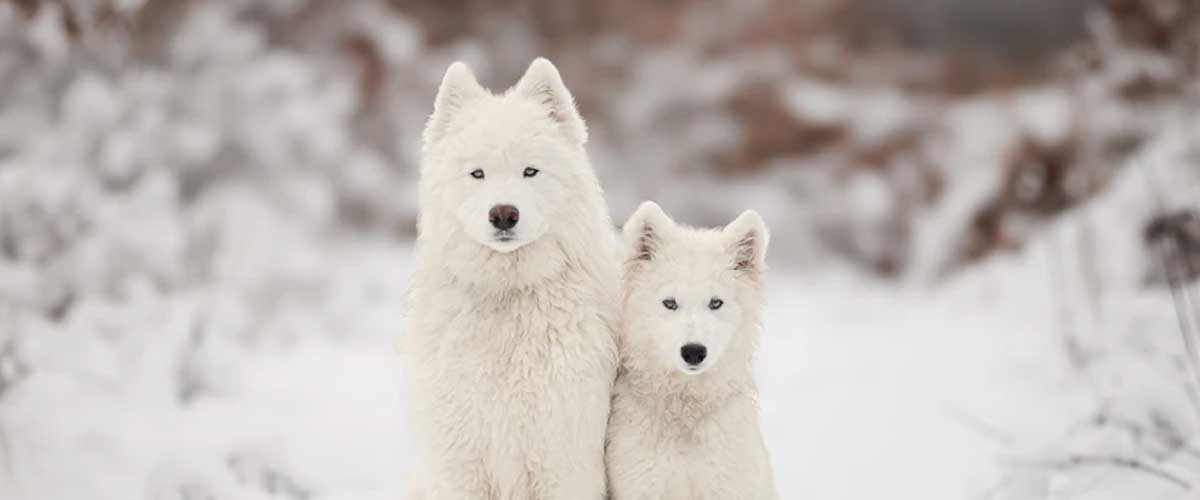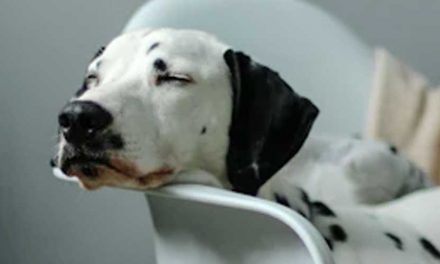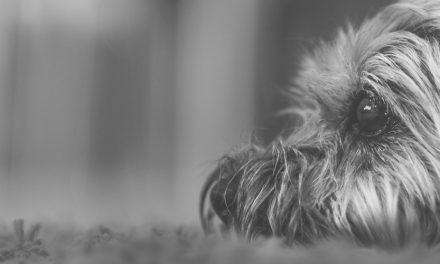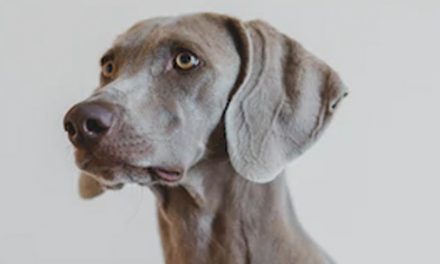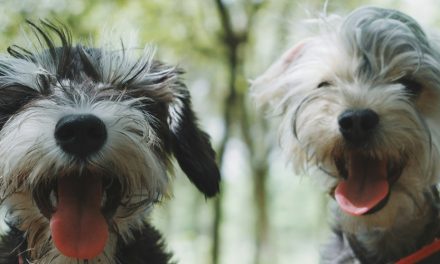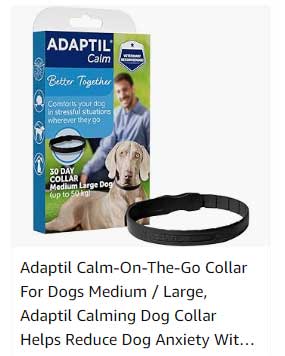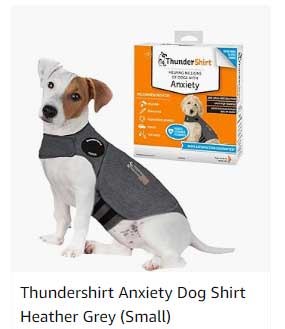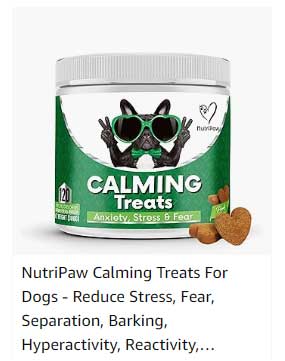Bringing a new puppy into your home can be an exciting experience, not just for you, but for your existing dog as well.
However, this seemingly joyful occasion can also introduce anxiety and stress, particularly for your older pet.
Understanding and managing dog anxiety in this situation is crucial for ensuring a smooth transition for both the new puppy and your existing dog.
The Importance of a Gradual Introduction
One of the most effective ways to reduce anxiety during this transition is to introduce the new puppy gradually.
Start by allowing your existing dog to become familiar with the puppy’s scent before any face-to-face meeting.
You can accomplish this by letting the puppy explore a room and then allowing your older dog to sniff around afterward or by swapping blankets between the two to help them get used to each other’s scent.
This initial step can help your older dog feel more comfortable with the idea of sharing their space.
Choosing the Right Environment for Introduction
The environment in which you introduce the two dogs plays a significant role in how the interaction unfolds.
Opt for a neutral space, rather than your existing dog’s territory, to prevent any feelings of possessiveness or territorial behavior.
A local park can be an excellent choice.
Keep both dogs on a leash to manage the situation effectively while allowing them to see and sniff each other.
Pay attention to their body language; signs of stress or aggression may indicate that they need more time apart before trying again.
Understanding Body Language
Dogs communicate largely through body language, and it’s essential to be aware of this during introductions.
Signs of anxiety in your older dog may include growling, barking, showing teeth, or even cowering.
Conversely, the new puppy may also exhibit nervous behaviors like hiding, whining, or excessive playfulness.
If you notice these signals, give them space and try again later, perhaps at a different time or in a different setting.
Gradual Integration into the Household
Once both dogs seem comfortable with initial interactions, it’s time to consider integrating the new puppy into your home.
However, proceed with caution. Allow them short supervised periods together to start.
You can introduce them for brief play sessions while monitoring their behavior closely.
Always have treats on hand to reward positive interactions, reinforcing good behavior between the two dogs.
Establishing Separate Spaces
To help alleviate anxiety, each dog should have a designated space where they can retreat and feel safe.
Providing separate beds, bowls, and toys can help minimize competition and reduce stress.
Make sure your older dog has the opportunity to take breaks away from the puppy, as overwhelming them with too much attention or energy can lead to increased anxiety.
Training and Structure
Training is essential when introducing a new puppy.
Establish clear rules and boundaries for both the new puppy and the older dog.
Consistency is key; ensure your older dog still receives plenty of attention and is not pushed aside while focusing on the puppy.
Incorporating training sessions that include both dogs can help foster cooperation and reduce feelings of jealousy.
Patience is Key
Recognizing that this process takes time is crucial.
Some dogs might adapt quickly to the presence of a new puppy, while others may experience increased anxiety for a longer period.
Be patient and attentive to both dogs’ emotional needs.
If anxiety persists or worsens, consider consulting a veterinarian or a certified dog trainer for additional guidance.
Conclusion
Introducing a new puppy to a household with an existing dog can be a rewarding yet challenging experience.
By understanding dog anxiety and taking careful steps to facilitate the introduction, you can help both your older dog and the new puppy develop a positive relationship.
Remember, navigating this transition requires patience and compassion, ensuring both pets feel secure and loved in their shared home environment.
Ultimately, with time, the two can become the best of friends, enhancing your household’s joy and love.

